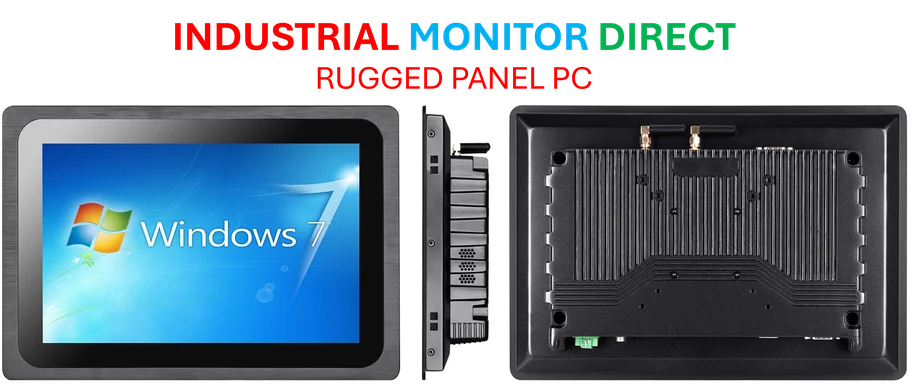According to CRN, HPE Senior Vice President Simon Ewington detailed the company’s aggressive market expansion strategy following its $13.4 billion acquisition of Juniper Networks earlier this year. The combined entity brings together two Gartner Magic Quadrant leaders in wired and wireless networking, with Juniper adding data center networking expertise that HPE previously lacked. HPE is launching a sales-incentive-packed Partner Ready Vantage program to drive cross-pollination across routing, data center, campus, and branch solutions while also targeting virtualization market share with VM Essentials in response to Broadcom’s VMware changes. The company aims to convert current partner excitement into “hypergrowth in FY 2026” by leveraging what Ewington describes as HPE’s DNA-level commitment to partnering consistency and predictability.
The AI-Native Networking Architecture Advantage
What makes the HPE-Juniper combination particularly compelling from a technical perspective is their complementary AI-driven architectures. Juniper’s Mist AI platform brings proven machine learning capabilities for wired and wireless network optimization, while HPE’s Aruba portfolio has been advancing its own AI Ops capabilities. The integration challenge will be creating a unified AI management layer that can span campus, branch, data center, and cloud environments. This represents a significant architectural advantage over competitors who typically have separate management systems for different network domains.
Data Center Networking Transformation
Ewington’s comment about “not really playing in data center networking” previously reveals a fundamental shift in HPE’s technical strategy. Juniper’s MX Series routers and QFX Series switches provide enterprise-grade data center networking that integrates with HPE’s compute and storage portfolios. The technical challenge involves creating seamless cross-domain automation between Juniper’s Junos OS and HPE’s existing infrastructure management tools. This integration could enable true intent-based networking across the entire infrastructure stack, from edge to data center.
Virtualization Market Technical Opening
The Broadcom-VMware situation creates a unique technical opportunity that HPE is positioned to exploit. HPE’s VM Essentials solution must overcome significant technical barriers around ecosystem compatibility and migration complexity. The real challenge isn’t just providing an alternative hypervisor, but ensuring seamless integration with existing management tools, backup solutions, and security frameworks. HPE’s advantage lies in its ability to bundle virtualization with its broader infrastructure stack, potentially offering simplified lifecycle management compared to standalone solutions.
Cross-Domain Integration Challenges
While the “cross-pollination” vision is compelling, the technical implementation presents substantial challenges. Integrating Juniper’s data center networking with HPE’s Aruba campus solutions requires deep API-level integration and unified policy management. The companies must reconcile different approaches to network segmentation, security policies, and quality of service across domains. Success will depend on creating a cohesive management experience that masks the underlying complexity of multiple technology stacks while maintaining the unique strengths of each component.
The Cisco Challenge and Market Dynamics
HPE’s technical offensive against Cisco comes at a pivotal moment in enterprise networking. Cisco’s DNA Center and Meraki platforms have established strong market positions, but the HPE-Juniper combination creates a credible alternative with potentially superior AI capabilities. The battle will be won or lost on technical differentiation in areas like automated troubleshooting, predictive analytics, and seamless multi-domain management. HPE’s challenge is to demonstrate that their integrated solution offers tangible operational advantages beyond simply matching feature parity.




